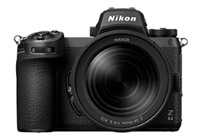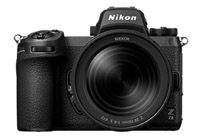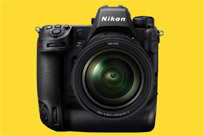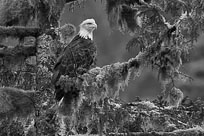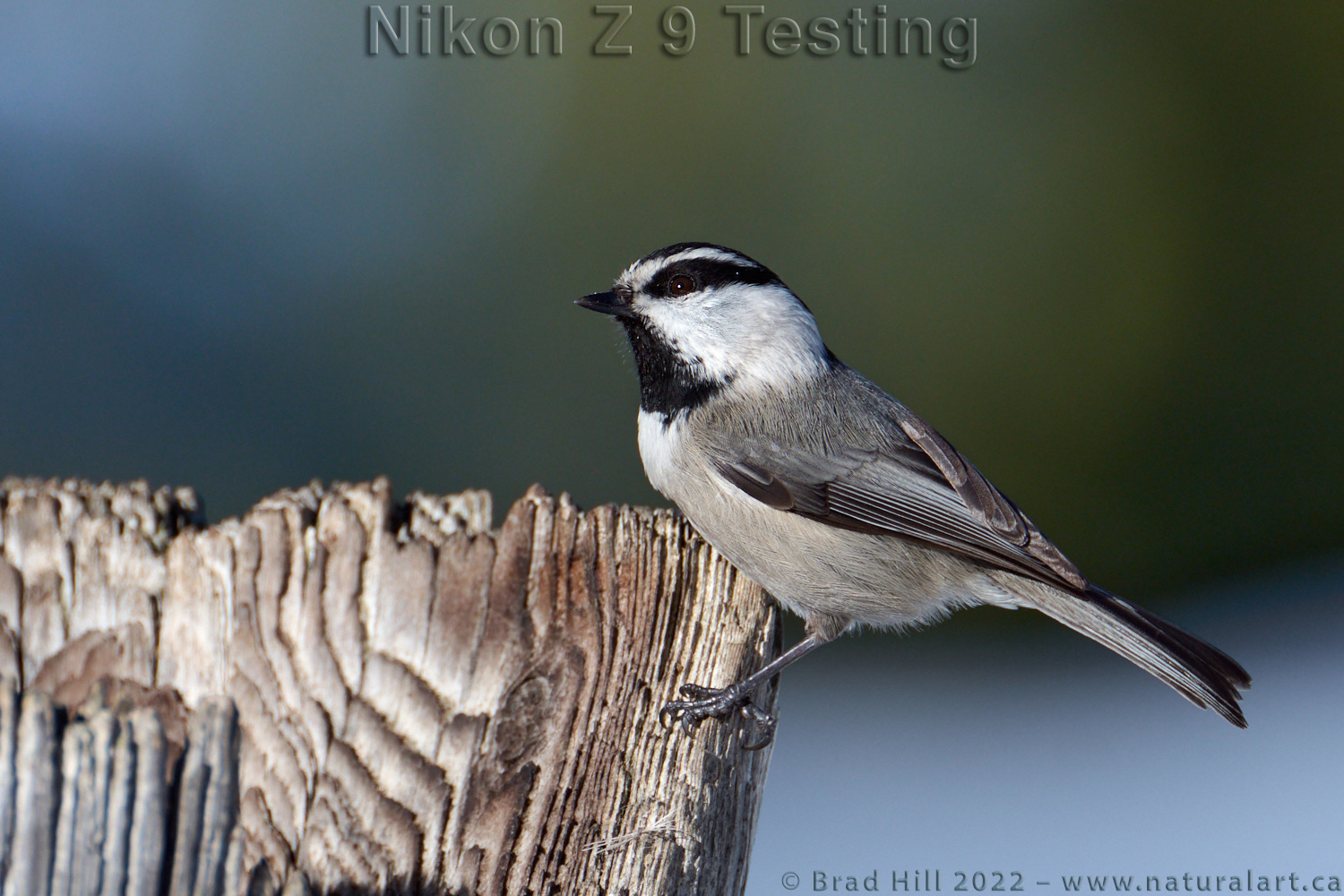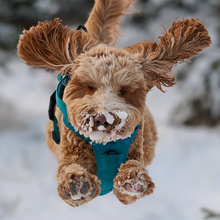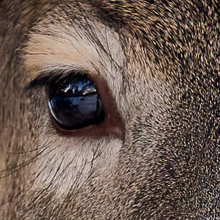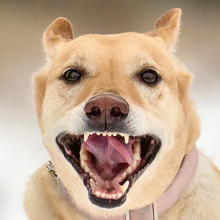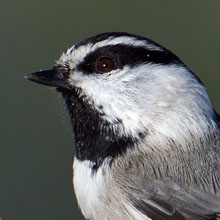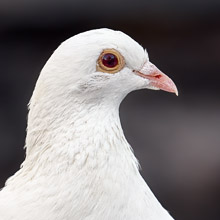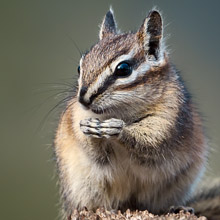Availability: Undetermined - Enquiries?
In the Field
Mountain Chickadee in Afternoon Light. Findlay Creek, BC. January 15, 2022
This is my fourth gallery post detailing my experiences with shooting wildlife using the Nikon Z 9. I captured this Mountain Chickadee shot while testing the performance of the new (at the time of this writing) Nikkor 100-400mm f4.5-5.6S lens when combined with the Z-teleconverter 2.0x and shot on a Nikon Z 9. The goal of the testing was twofold - to get a handle on the image quality I could expect to get out of this combination of gear, and to assess how well the Z 9's AF system would "drive" this lens/TC combination. Here's what I determined on each front.
First, the image quality of the 100-400 plus the Z 2x TC definitely exceeded my expectations. In short, it's a viable combination and can produce high-quality images. This image was captured at 690mm (with the 100-400 at 345mm). In general I found this lens/TC combo produced very good results from 401mm (that's 200mm on the 100-400) up to about 750mm (so 350mm on the 100-400). When I got closer to 800mm the resulting images did show some image softness. So for my own shooting I will avoid shooting this combination at its maximum focal length. And, for those looking for a reference to compare against, if I DO happen to be carrying my 500mm PF and my TC-14EIII (1.4x) TC at the same time (which together produce a focal length of 700mm) and I need to shoot an image at 700mm I WOULD opt for the 500mm PF plus 1.4x TC combination (it's just a little sharper, and has a maximum aperture of f8 rather than f11). But if one is looking to go lightweight (when hiking or in any situation where you may be weight-limited in the gear you can bring) and you may need focal lengths in the 401 to 750mm range, the 100-400 plus Z-TC 2.0x deserves consideration.
Second...about the autofocus! For context, these little birds move very fast and, especially in winter, they never sit still. At the time I was shooting the Z 9 using 3D-tracking with subject recognition on (in Auto mode, which includes bird eye, head, and body recognition). And I can say that the camera-lens-TC combination had absolutely no problem locking on and sticking to the chickadee's eye as it zipped around. And...in this situation I had a paper-thin DoF...so any misses on the focus would be instantly recognizable during image review. And virtually all of the shots I took during the session were sharp (culling them was a matter of picking the best pose, not finding one in focus). But...to be clear...I did not conduct a test to measure exactly how fast the lens will go through a "full-rack" (from closest focus to infinity) to see if it would win (or lose) that meaningless and ridiculous "test" that has no correlate in real world lens performance. Silly me for field-testing a lens the way it is actually used in the field! ;-)
To summarize...at least on the Z 9, the 100-400mm f4.5-5.6S plus Z-TC 2.0X is a very usable combination. Keep in mind that at about 530mm (and above) the lens-TC combination has a maximum aperture of f11 which may impact its usefulness in low light environments, especially if one is hand-holding it and therefore "needs" reasonably high shutter speeds to get sharp shots.
Here's a larger version (4800 pixel) of this cool little bird:
• Mountain Chickadee in Afternoon Light: Download 4800 pixel image (JPEG: 4.4 MB)
ADDITIONAL NOTES:
1. This image - in all resolutions - is protected by copyright. I'm fine with personal uses of them (including use as desktop backgrounds or screensavers on your own computer), but unauthorized commercial use of the image is prohibited by law. Thanks in advance for respecting my copyright!
2. Like all photographs on this website, this image was captured following the strict ethical guidelines described in The Wildlife FIRST! Principles of Photographer Conduct. I encourage all wildlife photographers to always put the welfare of their subjects above the value of their photographs.
Behind the Camera
Mountain Chickadee in Afternoon Light. Findlay Creek, BC. January 15, 2022
Compressed RAW (NEF) 14-bit format; ISO 640.
Nikon Z 9 with Nikkor 100-400mm f4.5-5.6S plus Z TC 2.0x at 690mm. Supported on Jobu Algonquin tripod with Jobu HD Mk IV gimbal head. VR on and in Sport mode. 3D-tracking AF area mode with subject recognition on (in Auto mode).
1/800s @ f11; -0.67 stop compensation from matrix-metered exposure setting.
At the Computer
Mountain Chickadee in Afternoon Light. Findlay Creek, BC. January 15, 2022
RAW Conversion to 16-bit PSD file (and JPEG files for web use), including all global and selective adjustments, using Phase One's Capture One Pro 22. Global adjustments on this image were limited to a tweak to contrast (using the Levels tool) and the blacks. Selective local adjustments performed using Capture One Pro's layers and masking tools. In this case selective adjustments were made on 4 separate layers and included one or more tweaks to color (using the Color Editor), colour saturation, and shadows.
Photoshop modifications were limited to the insertion of the watermark and/or text.
Conservation
Mountain Chickadee in Afternoon Light. Findlay Creek, BC. January 15, 2022
Species Status in Canada*: This species is not designated as at risk.
The Mountain Chickadee (Poecile gambeli) is widespread in western North America and is typically found in montane aspen and conifer forests. The Mountain Chickadee is similar in appearance to the more familiar Black-capped Chickadee, but is "sootier" in colour and exhibits a pronounced gray-white stripe above each eye.
*as determined by COSEWIC: The Committee on the Status of Endangered Wildlife in Canada







